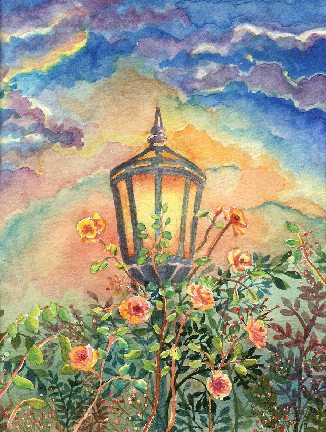Created 1909 Period Futurism | Accession 23715 (NCSU Libraries) Dimensions 1.75 m x 1.15 m Media Oil paint | |
 | ||
Year c. 1910–1911 (1910–1911) (dated 1909 (1909) on painting) Similar Giacomo Balla artwork, Futurism artwork, Oil paintings | ||
Regent street light painting long
Street Light (sometimes called The Street Light: Study of Light) (Italian: Lampada ad arco) is a painting by Italian Futurist painter Giacomo Balla, dated 1909, depicting an electric street lamp casting a glow which outshines the crescent moon. The painting was inspired by streetlights at the Piazza Termini in Rome.
Contents
- Regent street light painting long
- Painting street light pole
- History
- Context
- Critical responses
- References
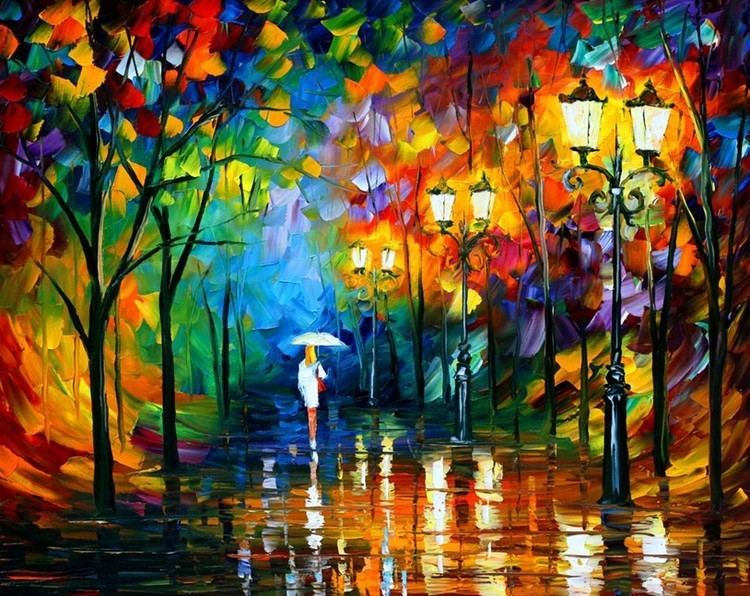
Painting street light pole
History

Lamp posts were a subject of Balla's work as early as 1900–1901. The iconography of a stylized street lamp appeared in a commercial poster in 1910, though it is not known if this work influenced Balla or vice versa.
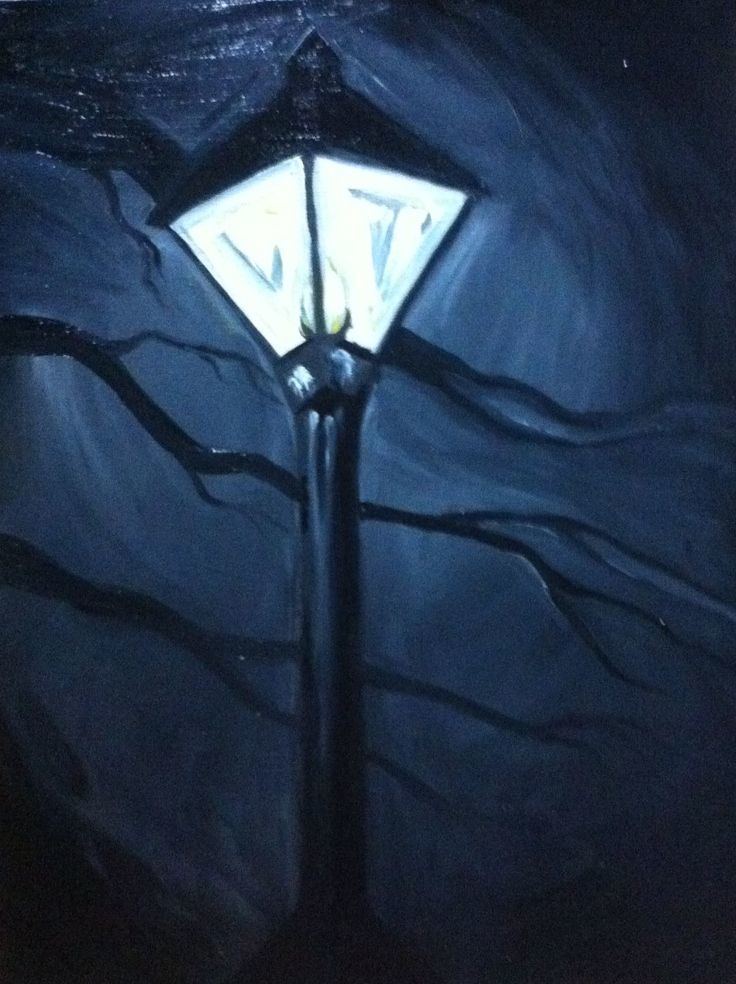
Though dated 1909, Street Light was most likely painted in the latter half of 1911, following Balla's rejection from an art exhibition in Milan. Fellow Futurist Umberto Boccioni encouraged Balla to continue his efforts in Futurism, with an eye to the 1912 Futurist exhibition at the Bernheim-Jeune Gallery in Paris. Though the work is mentioned in the catalog for that exhibition, it was not actually displayed there. The painting was later exhibited by Balla in 1928.
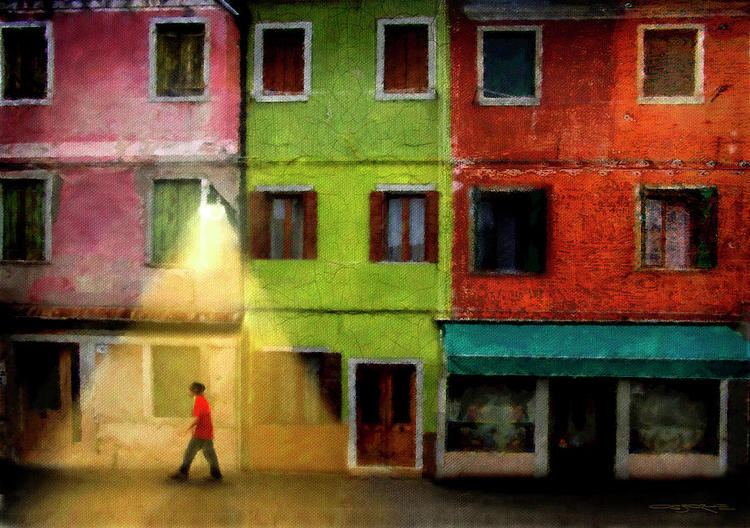
The acquisition of the painting by the Museum of Modern Art in New York was publicly announced on October 17, 1954. The painting is catalogued as object number 7.1954. As of 2013, it was not on permanent display. The museum also houses a pencil-and-ink study that Balla made for the painting.
Context

Painted around the time of the organization of the Futurist artists, the work may be seen as a response to Filippo Tommaso Marinetti's 1909 manifesto Uccidiamo il Chiaro di Luna! (Let's Kill the Moonlight!), in which Marinetti writes, "trecento lune elettriche cancellarono coi loro raggi di gesso abbagliante l'antica regina verde degli amori." ("three hundred electric moons wiped out with their dazzling rays of chalk the ancient green queen of love.") Balla's painting is an analytical study of the patterns and colors of a beam of light; it typifies his exploration of light, atmosphere, and motion as a member of the Italian Divisionism movement, in which he was inspired by the Neo-Impressionism of Georges Seurat and Paul Signac. Bella stated of his painting, decades later, that it "demonstrated how romantic moonlight had been surpassed by the light of the modern electric street light. This was the end of Romanticism in art. From my picture came the phrase (beloved by the Futurists): 'We shall kill the light of the moon.'"
Critical responses
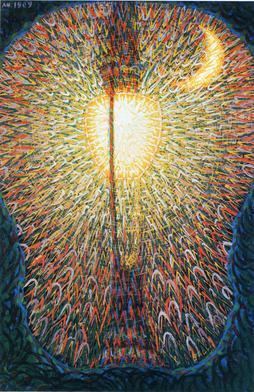
The work is described in the Encyclopædia Britannica as a "dynamic depiction of light", conveying "a sense of speed and urgency that puts [Balla's] paintings in line with Futurism’s fascination with the energy of modern life." It is said to reflect Balla's fascination with artificial light, and to encapsulate Balla's and the Futurists' conviction of the capacity of human endeavors to surpass nature. Chevrons of color radiate from the lamp "like flood waves crashing on a parched beach", overwhelming the light cast by the moon. Art critic Donald Kuspit describes the painting as a "crypto-scientific" study of the emotionally neutral sensation of light and color.

In The End of Night: Searching for Natural Darkness in an Age of Artificial Light, author Paul Bogard contrasts the painting with Van Gogh's 1889 The Starry Night, also at the MoMA; while the latter depicts a deep and dynamic night sky, the sky in Balla's Street Light is submerged into the background by his celebrated artificial light.
